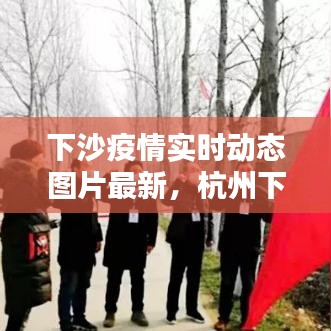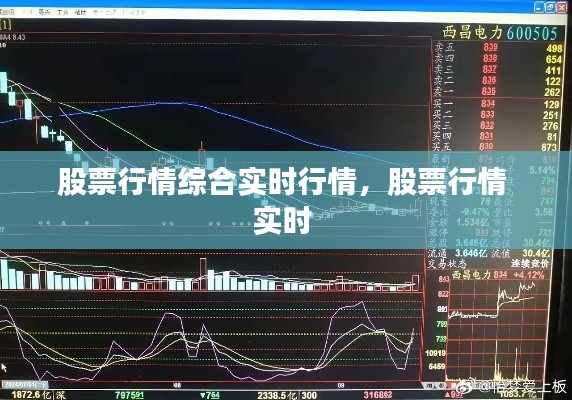Introduction to Real-Time Subtitle Recognition and Translation
In the age of globalization, the ability to communicate across languages has become more crucial than ever. Real-time subtitle recognition and translation services have emerged as a game-changer, breaking down language barriers and making content accessible to a wider audience. This article delves into the world of real-time subtitle recognition and translation, exploring its significance, technology behind it, and its impact on various industries.
What is Real-Time Subtitle Recognition and Translation?
Real-time subtitle recognition and translation refer to the process of automatically generating subtitles in real-time while a video is being played. This technology involves the use of advanced algorithms and machine learning models to transcribe spoken words into text and then translate them into the desired language. The result is a seamless and instant translation that allows viewers to understand the content without any delay.
Technology Behind Real-Time Subtitle Recognition and Translation
The technology behind real-time subtitle recognition and translation is a combination of several key components:
Speech Recognition: This is the process of converting spoken words into text. Advanced speech recognition algorithms, often based on deep learning, are used to accurately transcribe the audio in real-time.
Machine Translation: Once the spoken words are transcribed into text, machine translation algorithms come into play. These algorithms translate the text from the source language to the target language, ensuring that the subtitles are accurate and contextually appropriate.
Subtitles Generation: The translated text is then formatted into subtitles, which include timing information to synchronize with the video's audio. This process involves formatting the text, adding timestamps, and ensuring that the subtitles are visually appealing and easy to read.
Challenges in Real-Time Subtitle Recognition and Translation
While real-time subtitle recognition and translation technology has made significant advancements, it still faces several challenges:
Language Variations: Different dialects, accents, and regional variations in speech can pose difficulties for speech recognition algorithms, leading to inaccuracies in transcription.
Complex Languages: Some languages have complex grammar structures and idiomatic expressions that are challenging to translate accurately.
Contextual Understanding: Machine translation often struggles with understanding the context of a conversation, leading to translations that may not be entirely accurate or culturally appropriate.
Processing Power: Real-time processing requires significant computational resources, which can be a challenge for devices with limited processing power.
Applications of Real-Time Subtitle Recognition and Translation
Real-time subtitle recognition and translation have a wide range of applications across various industries:
Entertainment Industry: Subtitles in movies, TV shows, and online videos can be generated in real-time, making content accessible to viewers who are deaf or hard of hearing, as well as those who speak different languages.
International Business: Real-time translation services can facilitate communication between businesses operating in different countries, breaking down language barriers and improving collaboration.
Education: Language learners can use real-time subtitles to understand and practice foreign languages, making educational content more engaging and effective.
Accessibility: Real-time subtitles can enhance the accessibility of content for individuals with disabilities, providing them with a more inclusive viewing experience.
The Future of Real-Time Subtitle Recognition and Translation
The future of real-time subtitle recognition and translation looks promising, with ongoing research and development aiming to overcome the current challenges. Here are some potential advancements:
Improved Speech Recognition: Continued advancements in speech recognition technology will likely lead to better accuracy and reduced errors in transcription.
Enhanced Machine Translation: As machine learning algorithms become more sophisticated, translations will likely become more accurate and contextually relevant.
Personalization: Real-time subtitle services could be personalized to individual preferences, such as adjusting the font size or style based on the viewer's needs.
Integration with Other Technologies: Real-time subtitle recognition and translation could be integrated with other technologies, such as augmented reality (AR)
转载请注明来自互诺实验设备(衡水)有限公司,本文标题:《实时字幕识别翻译英文,实时字幕识别翻译英文怎么写 》














 冀ICP备2024085275号-1
冀ICP备2024085275号-1